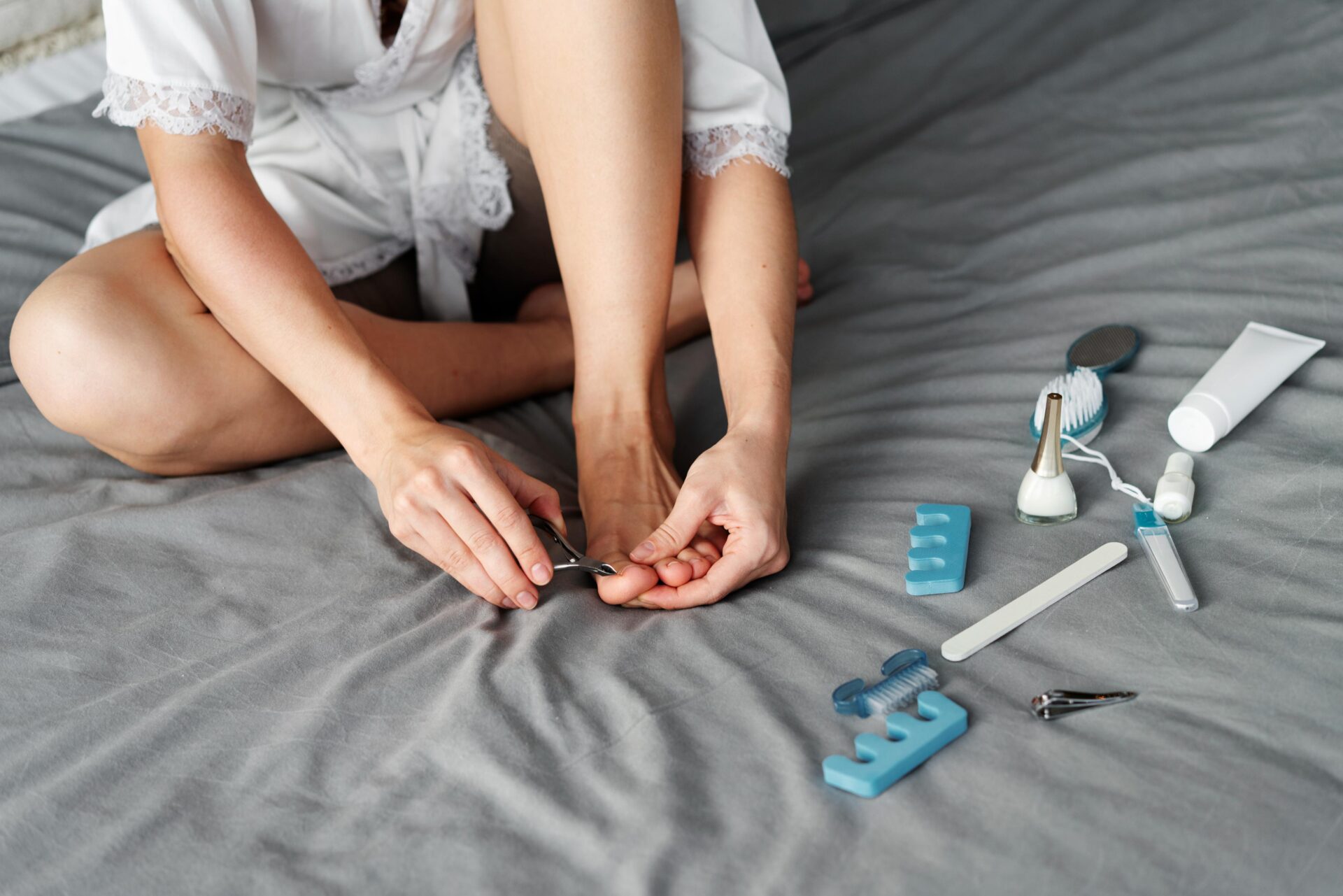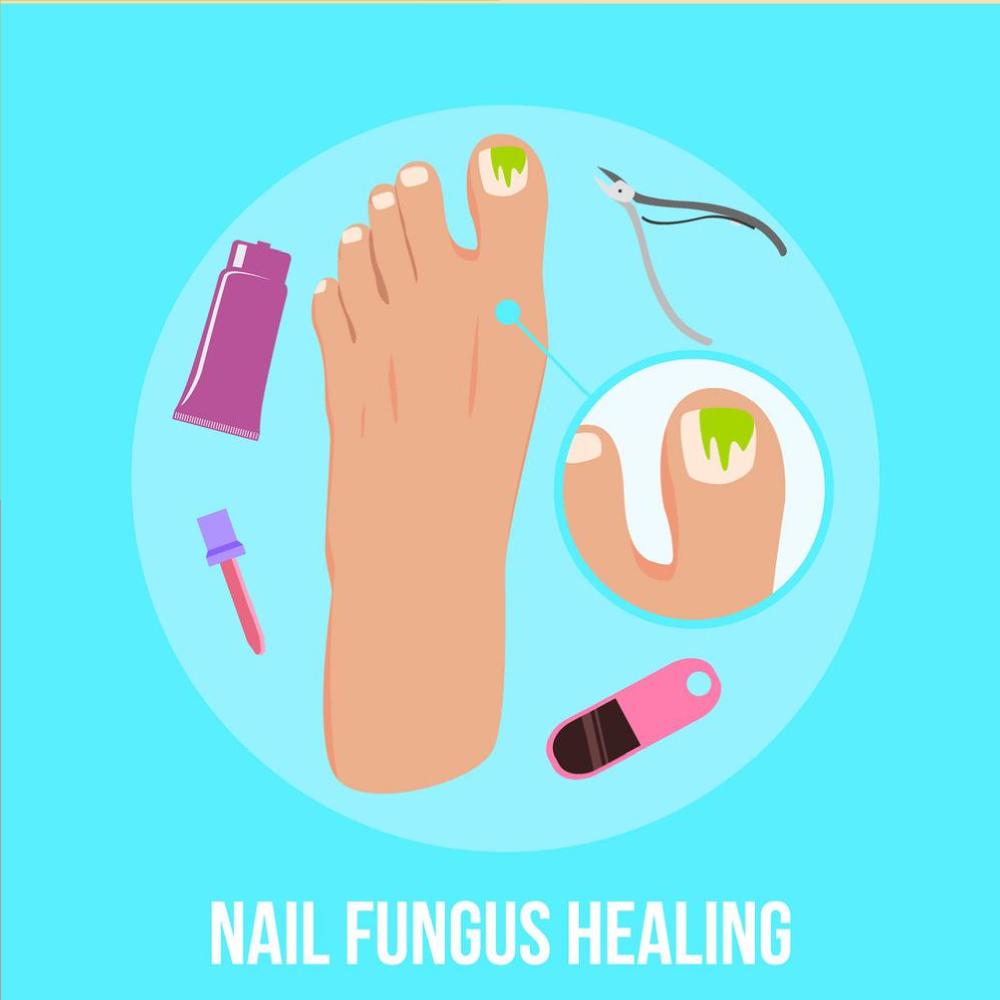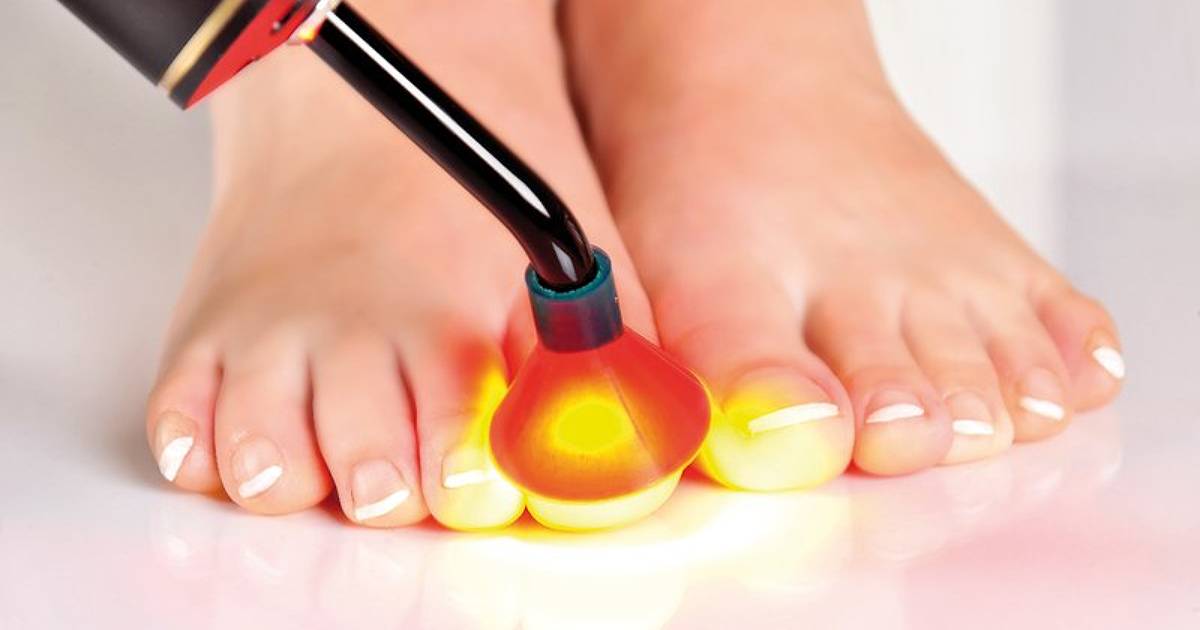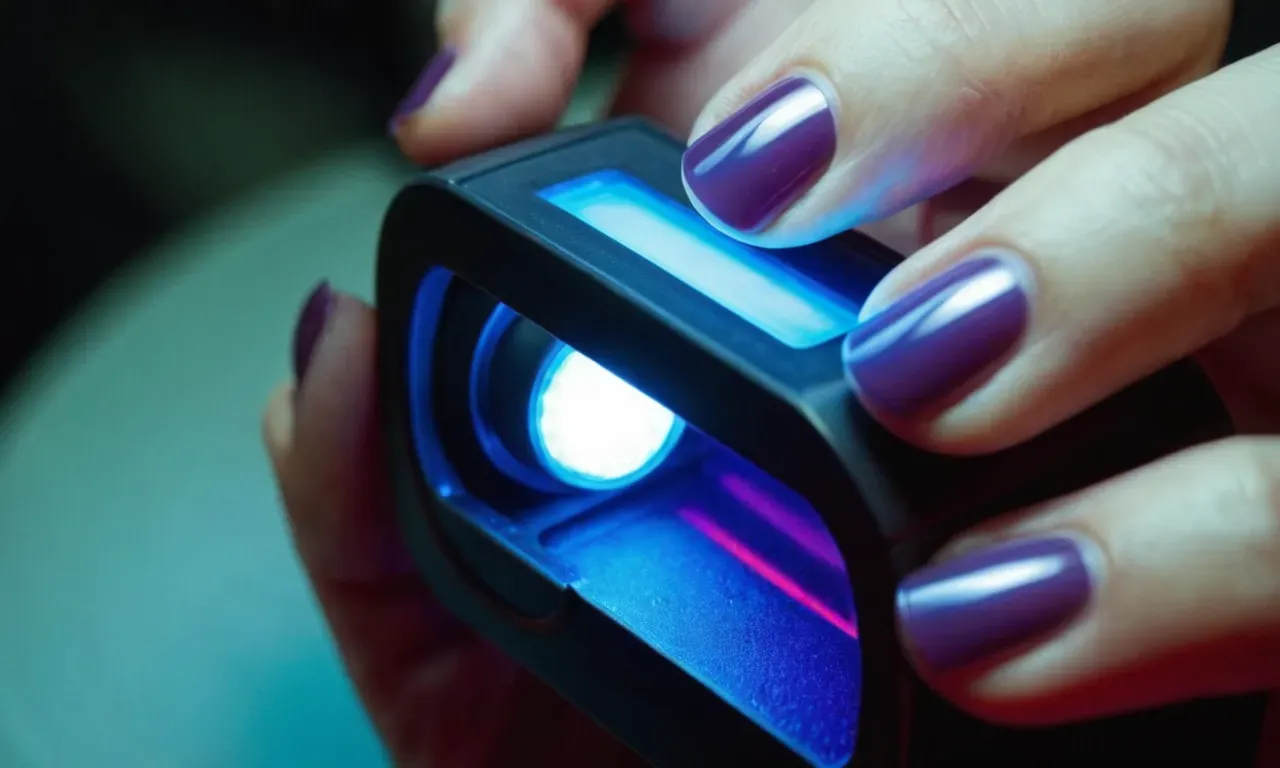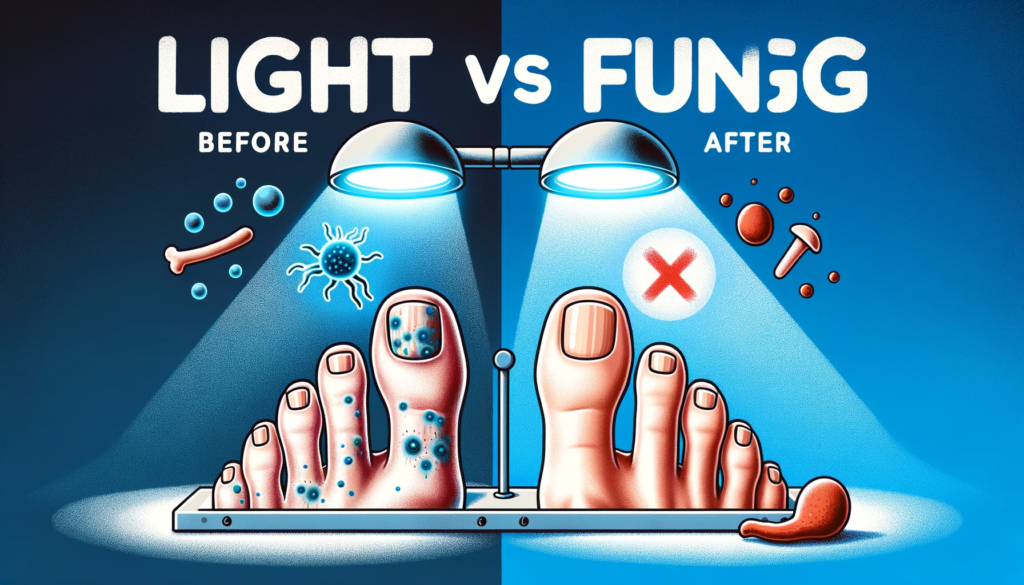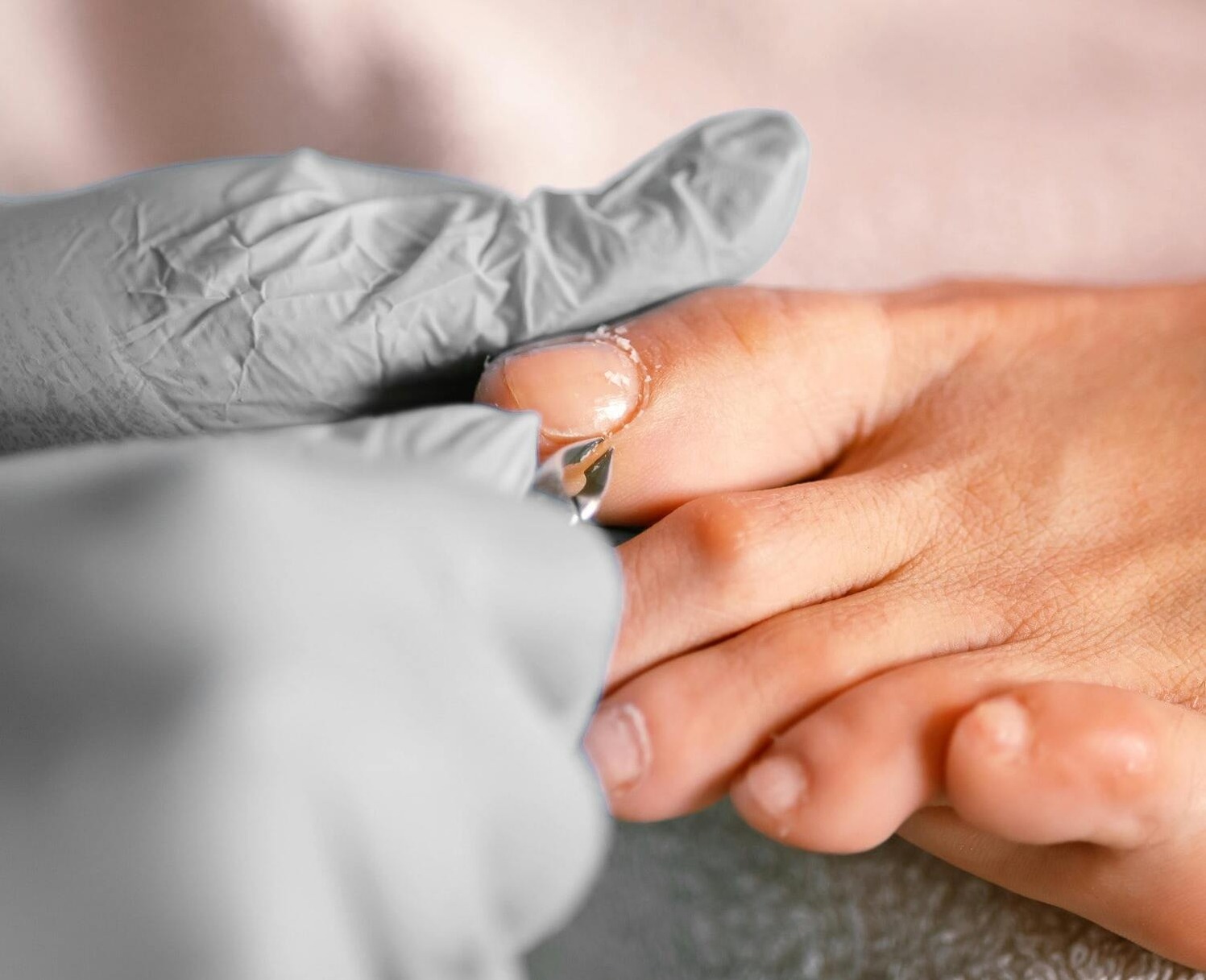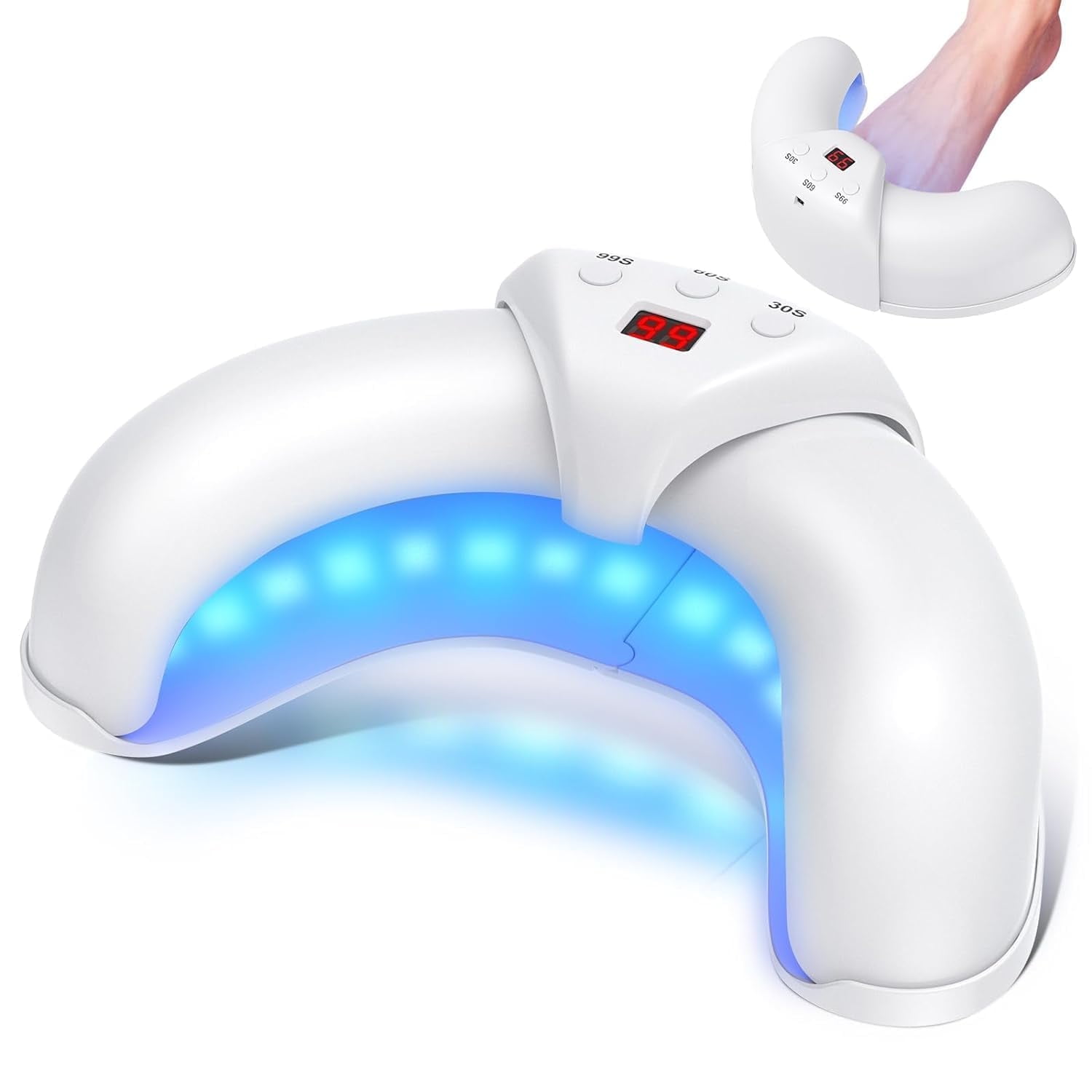Can Uv Light Kill Nail Fungus

Onychomycosis, more commonly known as nail fungus, affects millions globally, causing discoloration, thickening, and sometimes pain. Sufferers often endure lengthy treatments with varying degrees of success, prompting a search for more effective solutions. Now, a burgeoning question arises: Can ultraviolet (UV) light, a known sterilizing agent, offer a breakthrough in the fight against this stubborn infection?
The potential for UV light to treat nail fungus rests on its ability to damage the DNA of fungal cells, thus inhibiting their growth and reproduction. However, the effectiveness and safety of UV light for this specific application remain under investigation, with experts offering cautious but hopeful perspectives. This article delves into the science behind UV light's antifungal properties, examines the current research, explores different UV devices marketed for nail fungus, and weighs the potential benefits against the risks to provide a comprehensive overview.
Understanding UV Light and its Antifungal Properties
UV light is a form of electromagnetic radiation with wavelengths shorter than visible light. It is categorized into UVA, UVB, and UVC, each with different energy levels and effects. UVC light, with its shorter wavelength, is the most germicidal, efficiently disrupting the DNA and RNA of microorganisms.
This disruptive action inhibits the ability of the fungus to replicate, leading to its eventual demise. The germicidal properties of UV light have been well-documented in various sterilization applications, ranging from hospital disinfection to water purification.
Current Research and Clinical Trials
While the concept of using UV light to kill fungus is promising, research specifically targeting nail fungus is still relatively limited. Some in vitro studies have shown that UV light can indeed inhibit the growth of certain fungal species commonly associated with onychomycosis.
However, these studies are often conducted in controlled laboratory environments, not mimicking the complexities of a real-world infection. A major challenge lies in ensuring the UV light penetrates the nail plate effectively to reach the fungal cells residing beneath.
Several clinical trials are currently underway or have recently concluded to evaluate the effectiveness of various UV light devices for treating nail fungus. Initial results from some studies suggest a potential benefit, but larger, more rigorous studies are needed to confirm these findings and establish optimal treatment protocols.
UV Light Devices for Nail Fungus: What's Available?
The market offers a variety of UV light devices specifically marketed for treating nail fungus. These devices range from small, portable units designed to treat individual nails to larger systems targeting multiple nails simultaneously.
Many of these devices utilize UVA light, which is generally considered safer than UVB or UVC but may be less effective at killing fungus. Some devices combine UV light with other treatment modalities, such as heat or antifungal medications, to potentially enhance efficacy.
It's crucial to scrutinize the claims made by manufacturers and to look for devices that have been evaluated in clinical trials. The FDA does not generally regulate these devices unless they make specific medical claims, so caution is advised.
Potential Benefits and Risks
The potential benefits of UV light treatment for nail fungus include its non-invasive nature and the possibility of avoiding systemic antifungal medications, which can have side effects. UV light may also offer a quicker treatment time compared to traditional topical treatments.
However, there are also potential risks associated with UV light exposure. Prolonged or excessive exposure to UV light can damage the skin, leading to premature aging and increasing the risk of skin cancer.
Eye protection is also critical when using UV light devices, as UV radiation can damage the cornea and lens. It's imperative to follow the manufacturer's instructions carefully and to consult with a healthcare professional before starting UV light therapy.
The depth of penetration is a significant concern. The nail plate is dense, and UV light may not effectively reach the fungal infection beneath it. Furthermore, the specific fungal species causing the infection can vary, and UV light may not be equally effective against all types of fungi.
Expert Opinions and Recommendations
Dermatologists and podiatrists generally advise a cautious approach to UV light treatment for nail fungus. While some acknowledge its potential, they emphasize the need for more robust scientific evidence to support its efficacy and safety.
Dr. Emily Carter, a board-certified dermatologist, states, "UV light therapy for nail fungus is an evolving field. While preliminary studies show promise, we need larger, well-controlled trials to determine its effectiveness and optimal use."
Many experts recommend exploring other proven treatments, such as topical or oral antifungal medications, laser therapy, or nail debridement, before considering UV light therapy. They also stress the importance of proper diagnosis to confirm the presence of nail fungus and to rule out other conditions that may mimic the infection.
Patients should discuss their treatment options with a qualified healthcare professional to determine the most appropriate approach based on their individual circumstances. They should also ask about the potential risks and benefits of each treatment option, including UV light therapy.
The Future of UV Light in Nail Fungus Treatment
The future of UV light in treating nail fungus hinges on further research and technological advancements. Scientists are exploring ways to improve UV light delivery, such as developing more powerful light sources or using chemical enhancers to increase penetration.
Combination therapies, involving UV light and other antifungal agents, may also hold promise for enhancing treatment outcomes. As research progresses and technology improves, UV light may eventually become a more established and effective option for treating nail fungus.
However, until more conclusive evidence emerges, it's essential to approach UV light treatment with caution and to rely on evidence-based treatments for nail fungus. Continuous research and rigorous clinical trials are necessary to fully understand the potential of UV light and to ensure its safe and effective use in combating this prevalent infection.


